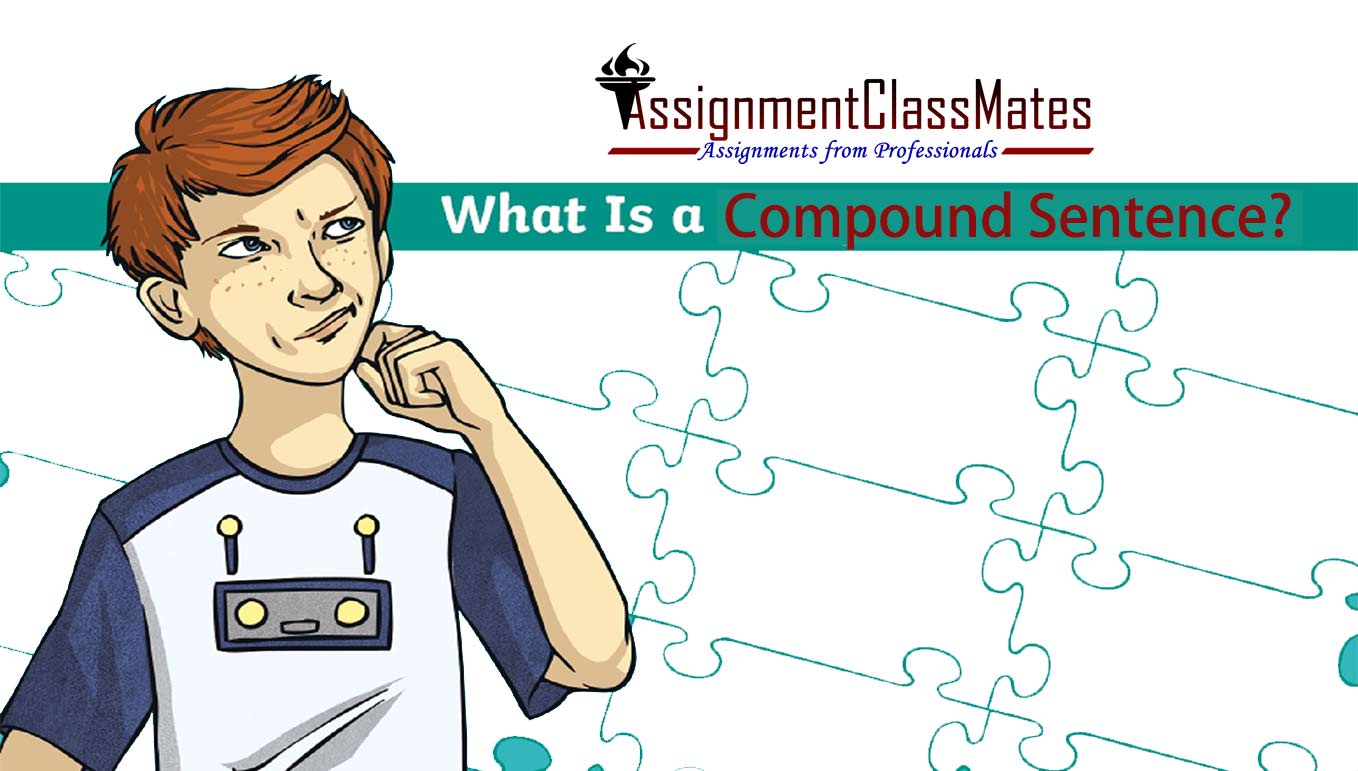Compound Sentence
Explanation
A compound statement is made up of two or more independent clauses that are joined together by a comma, semicolon, or conjunction to produce a single sentence. An independent clause is a complete concept that includes a subject and a verb.
“These residences are both too expensive and excessively small for my requirements.” This is an example of a compound statement. One reason this statement is classified as a compound sentence is because it contains not one but two distinct clauses, which are separated by a comma and the conjunction "and."

A compound sentence must include at least two independent components and no dependent clauses. In the picture below, two horizontal lines are joined by a dotted vertical line. A clause is represented by these horizontal slashes.
Compound Sentences and Meaning
When separate clauses are brought together using coordinators (also known as coordinating conjunctions), commas, and semicolons, they do more than simply join the clauses together; they also perform other functions. They help to make your assignment more meaningful and fluid. Take for example the coordinators that may be used to link separate clauses.
They are:

- For
- And
- Nor
- But
- Or
- Yet
- So
Remember that they combine to produce the useful mnemonic FANBOYS. And, but, and or are three of the most often used conjunctions in writing.
First, let's define independent clauses: these are sets of words that include both a subject and a verb, and they are capable of standing on their own as full ideas.
A compound sentence is formed when two or more separate clauses are joined together to make a single sentence. In most cases, we link the clauses together using commas and conjunctions; however a semicolon may also be used to join them together in other cases.
As previously mentioned, a compound phrase is made up of at least two distinct parts that are joined together. Complex sentences are composed of one (and only one) independent clause and at least one dependent clause, both of which are related in some way.
Differences
It is not a compound sentence if a sentence comprises just one independent component; instead, it is known as a simple sentence. A sentence with three or more independent clauses (but no dependent clauses) is still considered a compound sentence; however, if dependent clauses are included, the sentence is classified as a compound-complex sentence.
Sentence formation with Explanation
Ella has acquired a new dog, and she intends to bring it to the house on Saturday. There are two independent clauses in the sentence, which reads as follows: "Ella has acquired a new dog" and "she intends to bring it to the house on Saturday." As a result, the sentence is classified as a compound sentence. In cases when the statement starts with the phrase "before she went to the lake," the sentence might be challenging. In this sentence, "Before she went to the lake, Ella acquired a new dog," she is constructing a complex sentence since the phrase "before she went to the lake" is a dependent clause. As a result, the sentence has just one independent clause rather than two.
Point to Remember
It's vital to remember that simply because a sentence contains a coordinating conjunction doesn't always imply that the statement is a compound sentence.
Keep in mind that a compound sentence is one that binds two or more separate clauses together. Occasionally, we employ a coordinating conjunction to link two or more aspects of a phrase together. Example
“We ate turkey and entertained ourselves with games.”
This sentence contain compound element, but is not compound sentence.



